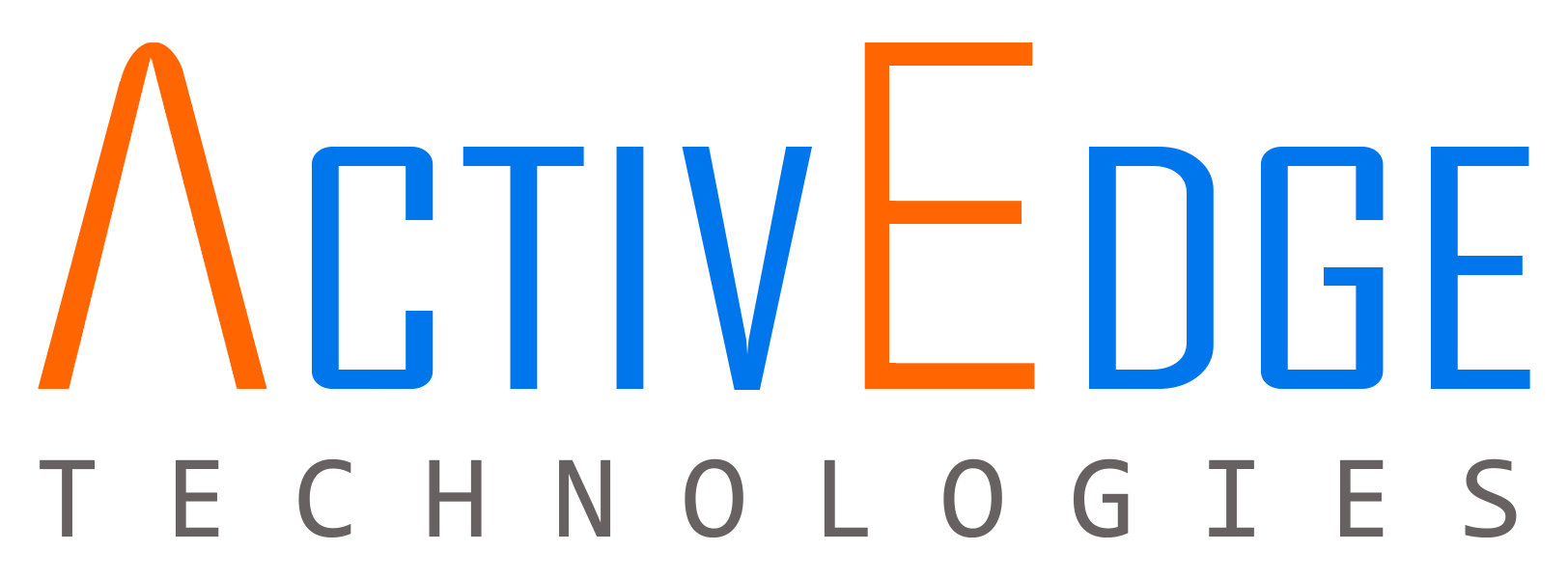Regardless of the nature of business, it has become consistently impossible for organizations to exist in isolation. You need people to run organizations and companies, as such it has become increasingly important to protect your data and network from careless and sometimes malicious employees.
Here are our recommendations in three steps.
- Reduce Exposure
First, limit the ways in which a trusted insider or external actor can steal your data by making sure your key information is appropriately protected. Data security and identity and access management (IAM) tools, including access management and governance technologies, work together to do just that. In many organizations, however, these technologies are not well-integrated, and the resulting security gaps can put your data at risk.
To determine whether that’s the case in your organization, identify any data that you deem highly sensitive, such as trade secrets, proprietary data, customer lists, financial or employee information, etc. Then methodically map all its access pathways to figure out where it is located, how it is accessed and by whom. This will give you the insights necessary to determine whether your data security, access policies and user governance are working the way they should. From there, you can prioritize the security actions you need to take to protect your data.
- Detect the Insider Threat
Once your systems are in place and working well to minimize the risks to your sensitive data, you should be left with a small pool of legitimate users who require access to do their jobs and create value for your organization. However, these users can still pose a risk if they fall prey to an external actor or become malicious actors themselves.
For that reason, it’s important to monitor the way these users interact with your information to ensure they are using it in legitimate ways. Anticipate the risk of malicious actions before they occur and respond promptly when breached to reduce the damage an insider can inflict.
To cut through the noise and make sense of the millions of transactions you’ll likely observe from your users, analyze more than just their transaction patterns. Identify risk factors from other types of information, such as HR data, to flag users who could pose a greater risk. For example, employees in a division that just underwent a major reorganization or a round of layoffs could be more likely to develop malicious intent. Cross-referencing these risk factors together with the transaction patterns can help narrow down incidents for additional investigation.
It’s also important to note that organizations can observe the behaviors of their users without violating their right to confidentiality, striking a balance between security and privacy. In most cases, you’ll be able to achieve meaningful results without compromising privacy.
- Get Started Today
Don’t wait until the next breach to take action and secure your most sensitive data. You can start small to fight insider threats. Identify five to 10 pieces of data or information that are most important to your organization and go from there. If you don’t have the resources to do this exercise in-house, seek out a third-party vendor for help.
Last week, IBM announced a new insider threat protection offering to help customers address the security gaps insiders might exploit with an approach that provides clear, actionable intelligence. The security specialists involved have the business, data and IAM security experience to help you evaluate intelligence, draw more meaningful conclusions and prepare for next steps.
For further clarification, Call ActivEdge +234(0)906-000-0313: or Email: [email protected]

